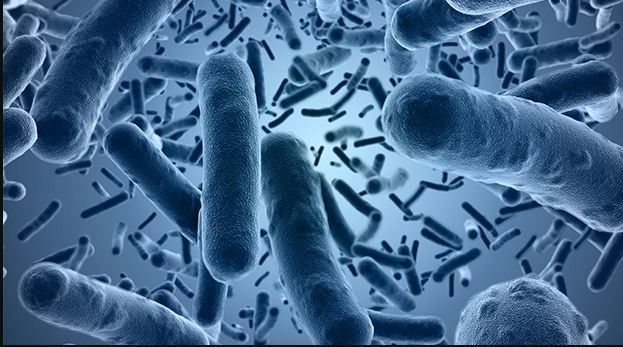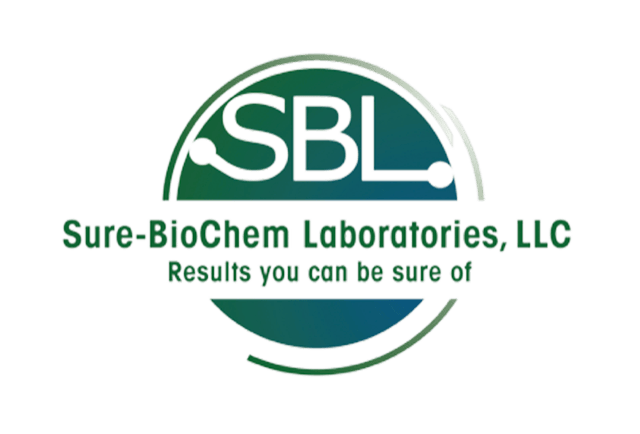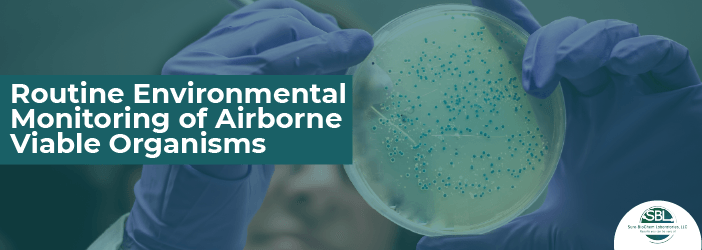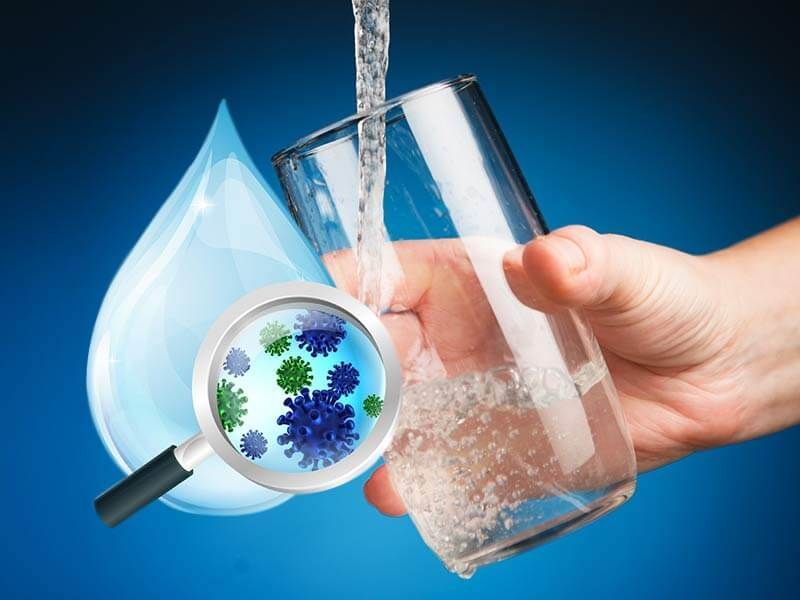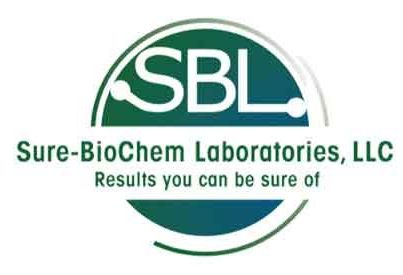Routine Environmental Monitoring of Airborne Viable Organisms
Small, invisible things can make a big impact. This is certainly true in the cleanroom setting where even very small mistakes can ruin work, and result in serious illness.
It’s also true in everyday life, where airborne particles that can’t be seen by the naked eye have a true impact on human health.
Environmental monitoring helps identify contaminants, keeping
cleanrooms
in the state they are supposed to be in while also helping to keep people safe.
In this article, we take a close look at what environmental monitoring systems are, how they work, and why they are important.
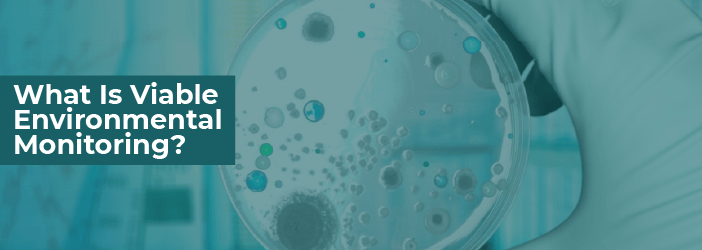
What Is Viable Environmental Monitoring?
Viable environmental monitoring helps to understand the level of contamination in a given area.
In the context of this article, we are looking mostly at environmental monitoring for airborne organisms.
This involves air sampling and professional monitoring.
However, environmental monitoring can also happen on surfaces, and other locations to help paint a vivid picture of what factors are at play in a specified area.
Viable Sampling 101
A viable sample contains a living organism—usually something that will grow and multiply over time causing serious issues for cleanroom viability.
It is different from a particle counter in that viability sampling not only counts what is present in a given location but also determines whether or not it is alive. In doing so, it identifies the “viability” of the contamination.
In other words, does this thing that we are looking at pose a threat? How much of a threat?
Viable vs Non-Viable Sampling
As briefly touched on above, viability testing determines how active the threat is. In environmental monitoring, there are ways to count the particle levels in a specified area without actually understanding how actively threatening they are.
In a cleanroom setting you need to hit a specific particle count number—guidelines that can shift considerably depending on the industry.
However, viability testing gives you more information. What are we looking at and will it spread?
Examples of Viable Particles
Viable particles can include anything from mold, yeast, and bacteria to other more benign factors like pollen, dust, etc.
In the cleanroom setting, environmental monitoring—particularly of viable particles—is looking to catch things that can pose a danger to humans if contact is made.
What Is Viable Air Sampling?
Air sampling is done to evaluate the level of viable particles in the air. All of the particles we talked about above can and often are present in the air we breathe.
During everyday life, this is deemed safe at specified levels. When levels exceed the government-approved number , a warning is usually issued for people with sensitive health conditions to stay in.
In the cleanroom setting, air quality standards are much higher. Again, acceptable levels will vary tremendously based on the nature of the cleanroom.
However, you can dependably assume that the contamination threshold in any cleanroom setting will be very low.
How Do We Monitor the Microbial Quality of Air?
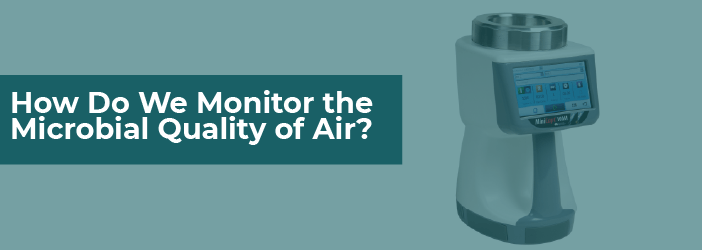
So, how is monitoring for microbial quality in the air done?
Various methods can be applied to provide extremely accurate data on the contamination levels of a cleanroom. Below, we highlight some of them.
Methods Used for Enumeration of Microorganisms in Air
There are two types of microbial air monitoring, active and passive. Below, we highlight the difference between the two.
Active Microbial Air Monitoring
With active microbial air monitoring, researchers draw in a specific amount of air and then test it through cultures to measure the level of particles per CFU.
This is often used to specifically determine compliance with standards.
Passive Microbial Air Monitoring
Passive microbial air monitoring evaluates how quickly contamination settles on surfaces. This is performed using “settle plates,” that collect and count sediment.
How Do You Assess Microbial Contamination?
In environmental monitoring, once the contamination has been collected, it is counted. Then it is compared to the standard that is supposed to be upheld.
If microbial intrusion exceeds the allowed amount, then the situation will require further mitigation.
Validating and Qualifying a Clean Room
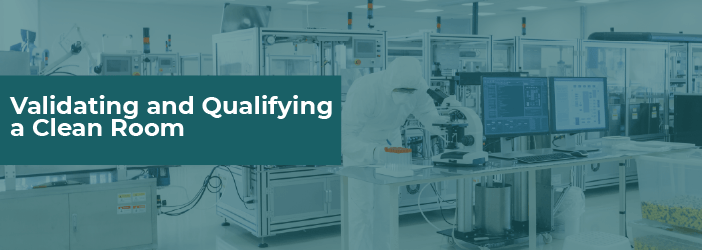
Air quality monitoring is a routine part of the cleanroom validation process.
The idea is to make sure that the cleanroom always meets the standards it is being held to, thus avoiding dangerous levels of contamination.
Using a Portable Microbial Air Sampler
In environmental monitoring, air samplers are used to quantify contamination.
The idea is to make sure that the airflow in a laboratory setting is not posing a risk to the unidirectional air flow, or the overall health of the environment.
What Is a SAS Air Sampler?
SAS samplers are specifically used in indoor settings to capture and evaluate contamination levels on surfaces.
ISO Air Quality Standards for Clean Rooms
ISO standards
are measured on a scale that is classified as ISO3-ISO8. ISO3 is a very strict standard, but the guidelines become laxer as the number advances.
How Often Must a Clean Room be Tested for Compliance With Air Standards?
For environmental monitoring, ISO standards usually require air samples to be taken every twelve months.
Routinely Engage in Air Monitoring and Sampling to Stay Compliant
Air monitoring is an important and routine aspect of maintaining a healthy cleanroom space. It’s easy to do. Contact a qualified professional to learn more about how you can get your air quality evaluated.
Interested in learning more about cleanroom standards? Head on over to our comprehensive guide on
Environmental Monitoring Microbiology.
Also Suggested
Related Learning
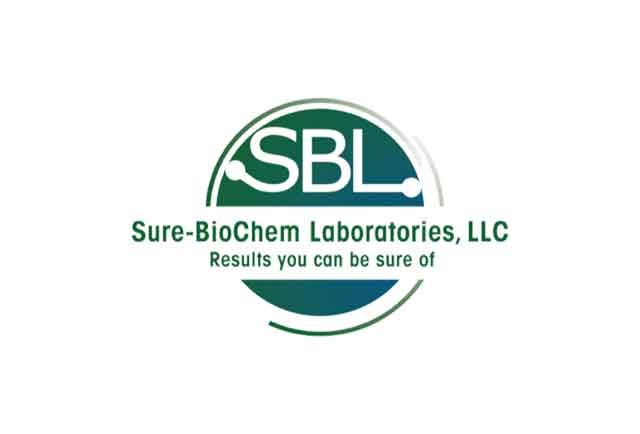
Need Our Help? Fill Out a Service Request Today!
We're here to assist you with all your needs. Please complete our service request form to ensure we provide the best possible service.
It's quick and easy—tell us a little about your request, and our team will reply promptly. We look forward to serving you!
Blog Contact Page
